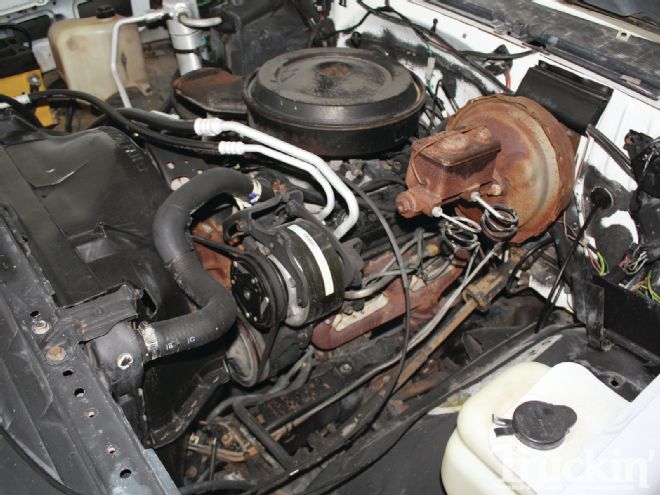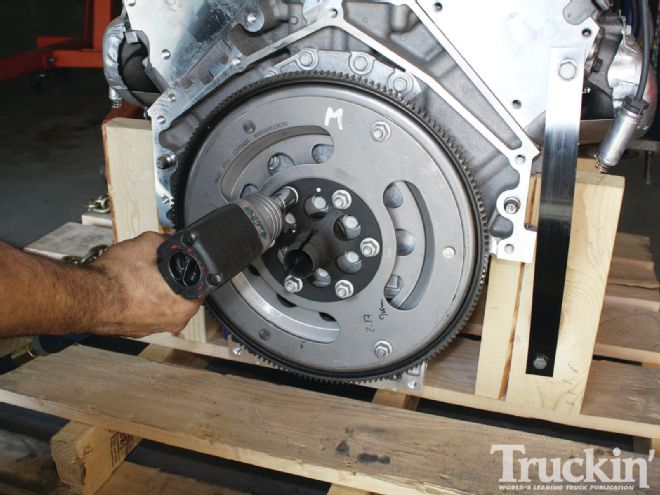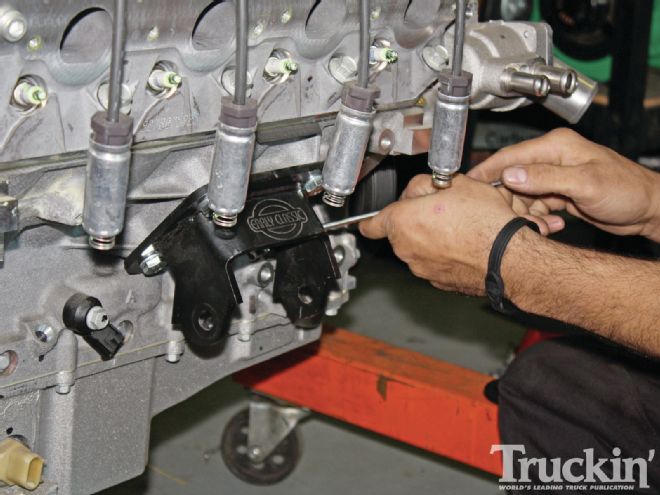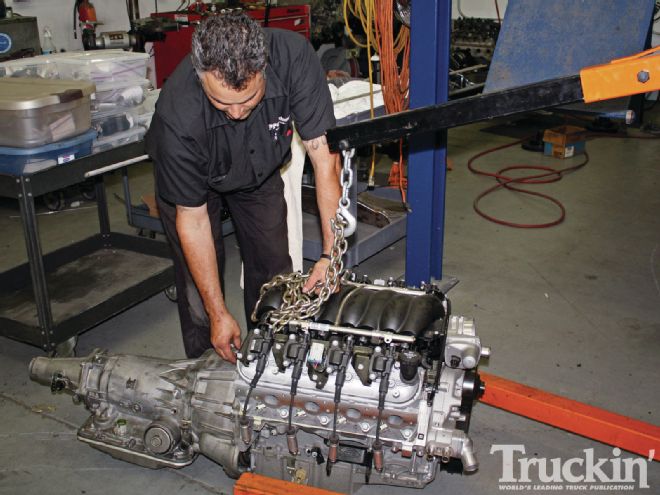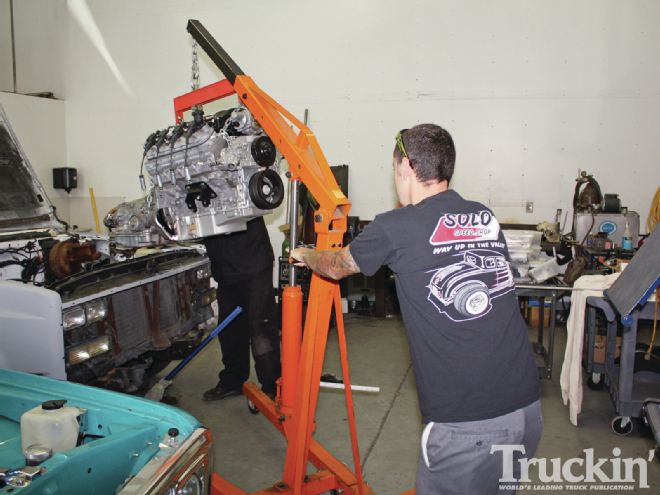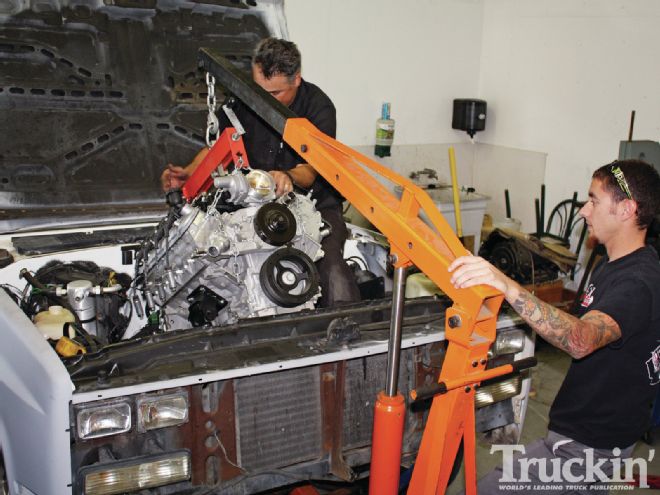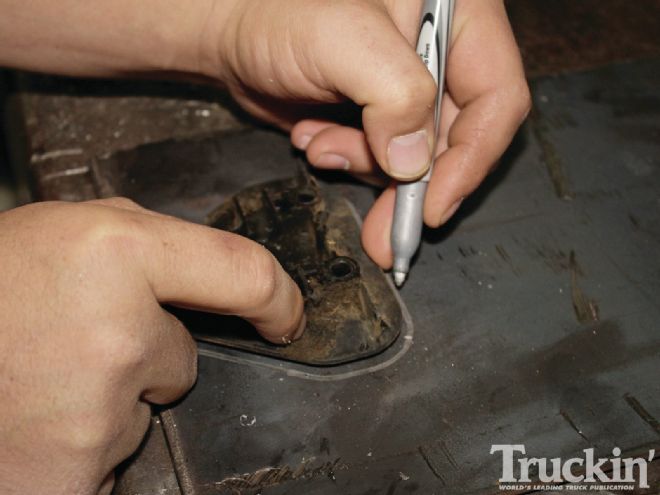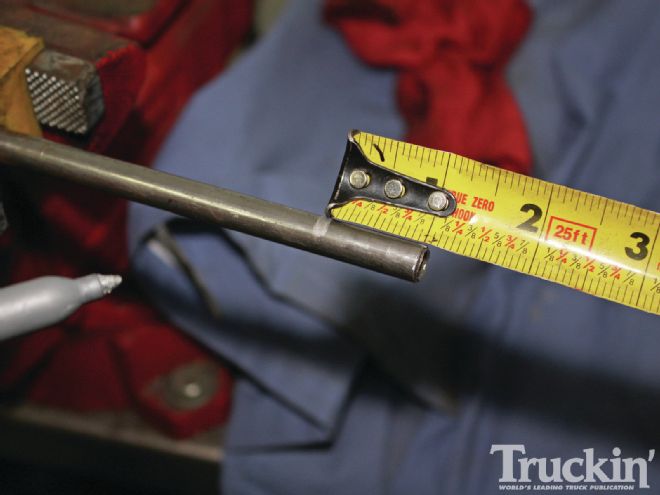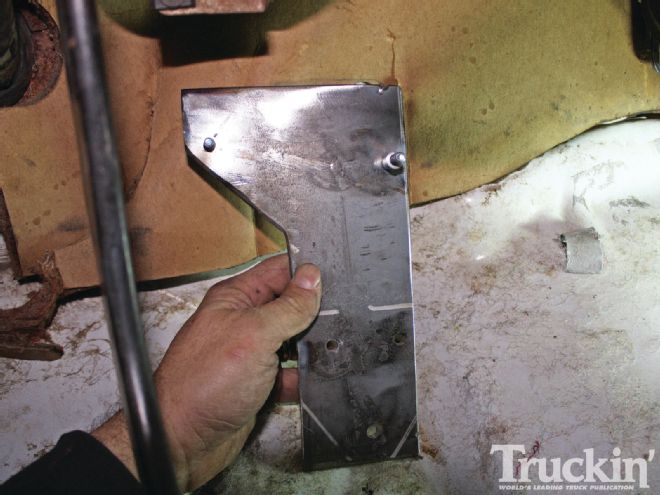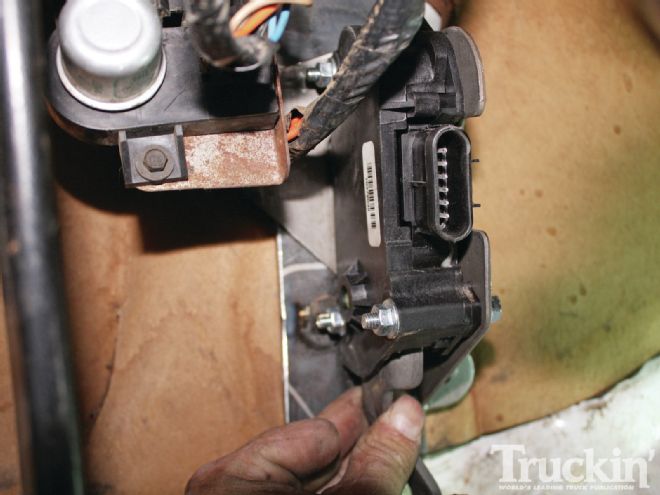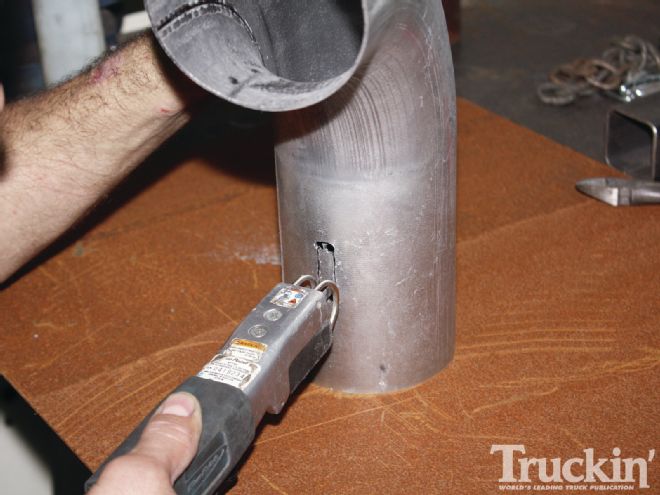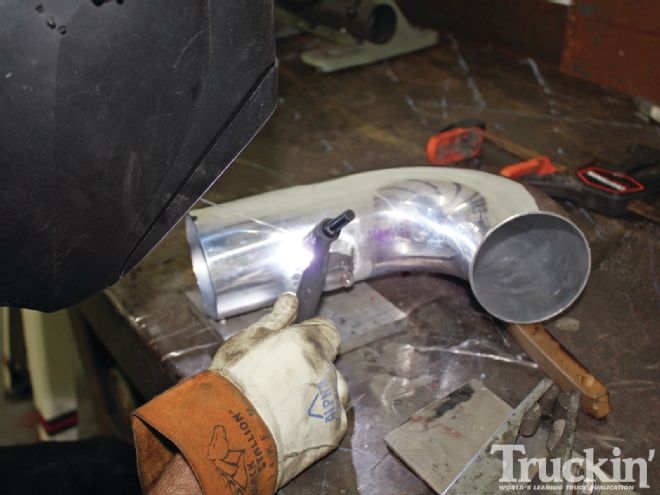Although the term "green" has gained a great deal of popularity in the last few years, the term can be rooted back to the turbulent flower child era of the ’60s and ’70s. Even the efforts of the first Earth Day in 1970 transformed history but remain largely unacknowledged by most people. By definition the green movement is “the support of environmentally friendly products opposed to those that pollute or harm the environment.” Political pressure on car manufacturers has been one of the greatest accomplishments made by these earth-loving groups. An example of this political pressure dates back to when President Nixon formed the Environmental Protection Agency (EPA) back in the early 1970s. With the EPA formed, states such as California spearheaded more regulation towards controlling harmful emissions expelled by our beloved vehicles. They enacted semiannual smog checks on all vehicles sold in the state, and formed a group referred to as CARB, or the California Air Research Board, which tests and mandates pollution-controlling equipment on vehicles to curb harmful particulate matter. Their hearts were in the right place, but their minds weren’t, as the new smog equipment restricted horsepower and torque numbers down to dismal levels, which forced aftermarket manufactures to put on their thinking caps towards regaining acceptable numbers back to the marketplace.

| This 6.2L 376ci engine makes 430 hp and 424 lb-ft of torque. The 6.2L is the first engine of many to pass CARB emission evaluations. GM Performance Parts has just achieved CARB approval on the 5.3L E-ROD producing 326 hp and 350 lb-ft of torque for a wallet-friendly $7,000. GMPP is also working on a 7.0L 427ci and a 556hp supercharged LS-A engine to join in the family of emission-compliant engine packages.
The next few decades were tough, as horsepower numbers fell as well as fuel economy, especially in trucks, which were viewed as strictly work vehicles. During that time period, most powerplant engineers were focused on passenger car efficiency and didn’t pay much attention to the performance of the engines. Manufacturers did try their best to hang onto the pre-smog glory days, but even their efforts fell short. An example was the famed 1990 Chevy 454 standard cab shortbed, nicknamed “the truck from hell,” that made a whopping 230 hp, which was half of the power of the original design from some 20 years earlier. Adding insult to injury, the fuel mileage hovered at around 10 mpg on a good day with the wind blowing in the right direction.
The problems of low horsepower and high fuel consuming engines needed answers, and with the implication of new powerplant technology made by General Motors, the new LS-series of engines produced more horsepower and better fuel efficiency than the larger, heavier truck engines that were used as standard equipment from the past. When introduced back in the late ’90s, the LS-series engines were viewed as the “computer wonders,” giving us a glimpse back to the glory days of power. At first, many turned away, viewing the package as something that NASA tunes with their “super computers.” GM engineers worked harder at refinement, squeezing bigger numbers while maintaining compliance, knowing good and well that if they could achieve more horsepower and fuel efficiency, the reward would be a lasting legacy of greatness.

| Trucks like this 1988 Chevy Crew Cab can be found everywhere for a reasonable price. This particular one already had a shortbed conversion, plus some wheels and tires. A trip to the smog shop made us realize that this engine had seen better days as it passed, but only with a dose of good luck.
The result of their efforts of the many years of development is GM Performance Parts' E-ROD line of LS-series engines. Packaged as an alternative to the small-block Chevy or SBC, the first available CARB-compliant engine is based from a 6.2L 376ci, LS3 producing 430 hp with 424 lb-ft of torque! Packaged as a retrofit kit for all pre-OBD II (1995 or earlier) equipped vehicles, most of the key ingredients are included to accomplish an engine swap including the latest technology available to the truck enthusiast. At first the parts may seem overwhelming, but they’ll make perfect sense in the end as the result of more horsepower, more torque, and greater fuel mileage, all while saving Mother Earth—a worthwhile effort for all lovers of custom cars and trucks.

| 17. The E-ROD engine package utilizes drive-by-wire technology opposed to the conventional cable-operated throttle pedals. Included in the kit is a drive-by-wire throttle assembly that will require some fabrication to install.
This engine platform maintains the emission requirements of the 2010 Camaro with huge reductions from the days of the small-block Chevy engines including reductions in hydrocarbon, carbon monoxide, and nitrogen gas emissions. Included with the package is an evaporative canister, plus a pair of catalytic converters that convert harmful gases into carbon dioxide and water molecules before their exit through the tailpipe. If that isn’t enough, General Motors Performance Parts or GMPP stands behind their products with a 24-month/50,000-mile warranty.
GMPP’s partnership with the SEMA organization helped in the development of the CARB regulation as a perfect compromise of power and efficiency while maintaining compliance. Dr. Jamie Meyer of GMPP credits the efforts of Steve Felix, head of GM Performance Parts, Jim McFarland, technical consultant for the SEMA organization plus the engineers at CARB and BAR (Bureau of Automotive Repair) for thinking “outside of the box,” returning the power to the people. Now read along and see how easy it is to make your pre-’96 truck emissions compliant, run better than ever, and get the mileage you’ve always wanted. Best part of the engine swap is all the emissions coming from smoking your rear tires with will be canceled out by the clean fumes exiting your tailpipe. Go green!

| 18. The first step was to remove the old cable and pedal assembly.
